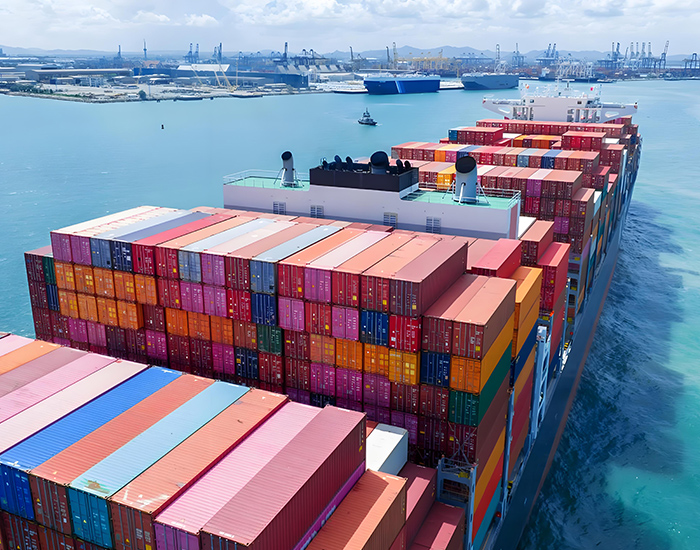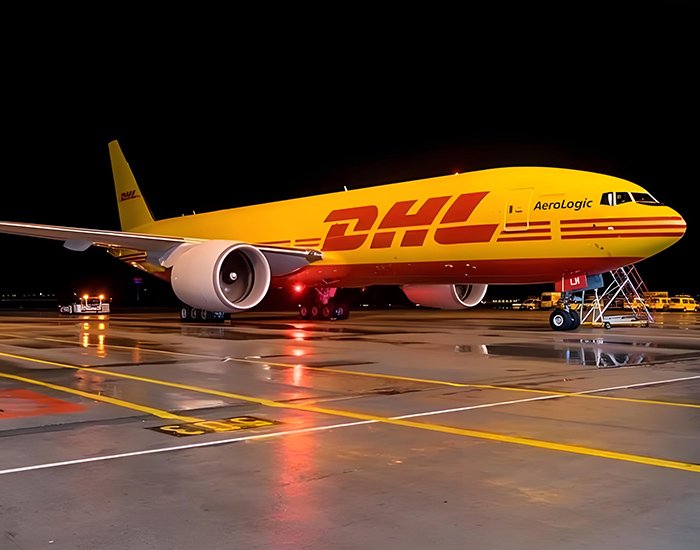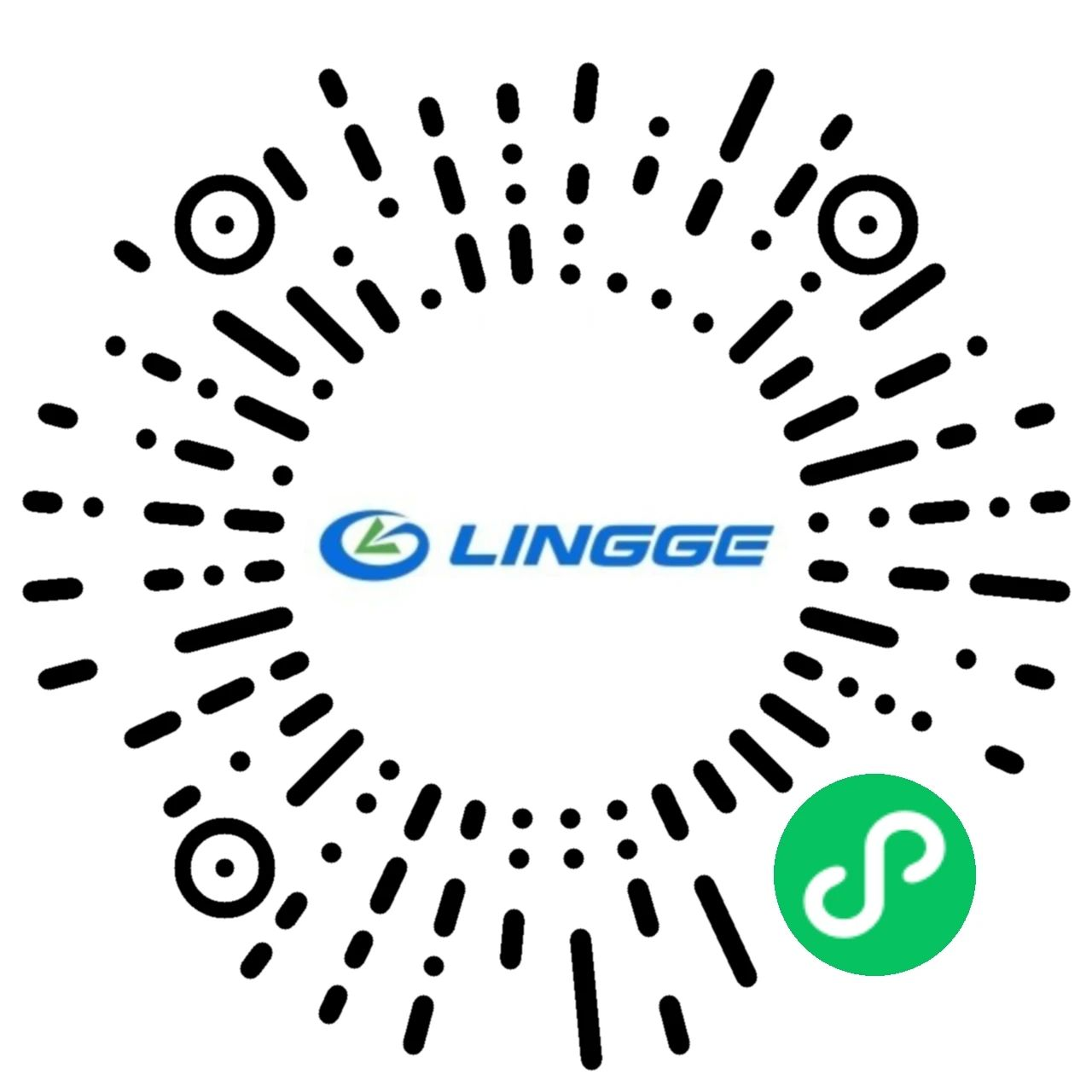

Cancel
Clear the records
Historical record
Clear the records
Historical record
The customs clearance procedures in the United States
Determine the customs clearance method: Generally, there are two customs clearance methods. One is to clear customs in the name of the US consignee. The US consignee needs to provide a Power of Attorney (poa) to the US agent of the freight forwarder, and also has the bond of the US consignee. The second is to clear customs in the name of the consignor. The consignor provides the poa to the freight forwarder at the port of departure. The freight forwarder then transfers it to the agent at the port of destination. The US agent helps the consignor handle the customs registration number for the importer in the US. At the same time, the consignor needs to purchase a bond.
Goods declaration
Select the declaration channel: You can choose either electronic declaration or paper declaration. Electronic declaration is to submit electronic customs declaration forms through the Automated Commercial System (acs) of the United States Customs and Border Protection, which is convenient, fast and highly efficient. Paper declaration involves submitting a paper declaration form to the US customs, which is relatively cumbersome and may take longer to process.
Declaration time limit: After receiving the notice of arrival, if all the documents are complete, the customs broker may apply to the customs for clearance within 5 days of preparing to arrive at the port or arriving at the inland point. The customs clearance result of sea cargo is usually informed within 48 hours, while that of air cargo is notified within 24 hours. However, for some goods, the customs may have decided to inspect them before the ship arrives at the port.
Customs inspection
Document review: The customs will check whether the importer's documents are complete and correct, as well as whether the declared information matches the actual goods.
Goods inspection: The customs may conduct an actual inspection of the goods, including checking whether the quantity, quality, specifications, packaging, etc. of the goods are consistent with the declared documents. If the customs lists some goods in the customs clearance data as necessary inspection items, they usually scan them with an X-ray machine first. If necessary, they will conduct manual box opening inspections. The entire inspection process typically takes 7 to 10 days.
Pay taxes and fees
Tax calculation: Based on factors such as the value and type of the goods, calculate the taxes and fees such as customs duties and value-added taxes that should be paid in accordance with the harmonized tariff schedule of the United States.
Payment method: Importers need to pay taxes and fees in accordance with the time and method stipulated by the customs. Payments can be made through bank transfer, check, etc. If taxes and fees are not paid in time, it may lead to a delay in customs clearance.
Goods release and retrieval
Customs release: If the goods pass the inspection and all taxes and fees are paid, the customs will approve the release of the goods.
Goods pick-up: For sea freight, the terminal and the shipping company are connected. If the freight is prepaid and the bill of lading is released by telex, after the customs releases the goods, the terminal will automatically release the goods to the trucking company. For inland goods, after customs clearance, the shipping company will provide a pick-up number. Once the goods arrive at the yard, are loaded and unloaded from the container by train, released by the customs, and released by the shipping company, etc., the truck company will pick up the goods based on this number.
U.S. Customs clearance process (Figure 1)




 The built-in sharing function of the browser is also very useful~
The built-in sharing function of the browser is also very useful~







